
Diphtheria
It’s a disease that’s spread through person-to-person contact and is caused by a bacterium. It affects the upper respiratory system and can be fatal by blocking airways and can release a toxin that can cause paralysis and heart failure. (Psst: Do you know these facts about heart health?) The vaccine was developed in the 1940s. Before the vaccine, about 100,000 to 200,000 diphtheria cases were reported in the United States. After the vaccine became prevalent, only about one case is reported in the United States each year.
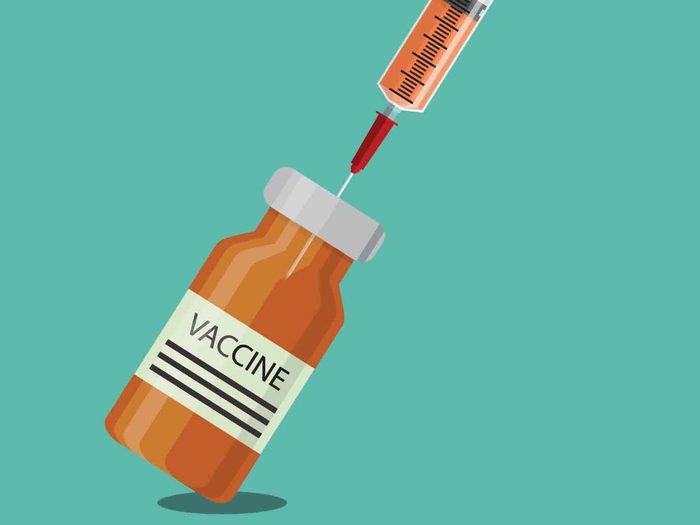
Human Papillomavirus (HPV)
HPV is a sexually transmitted disease and often doesn’t have symptoms. Untreated infections can disappear in a couple of years, but they could also lead to genital warts, cervical cancer and more. Want to learn more about it? Check out these HPV myths you need to stop believing and how to decrease your risk of cervical cancer.
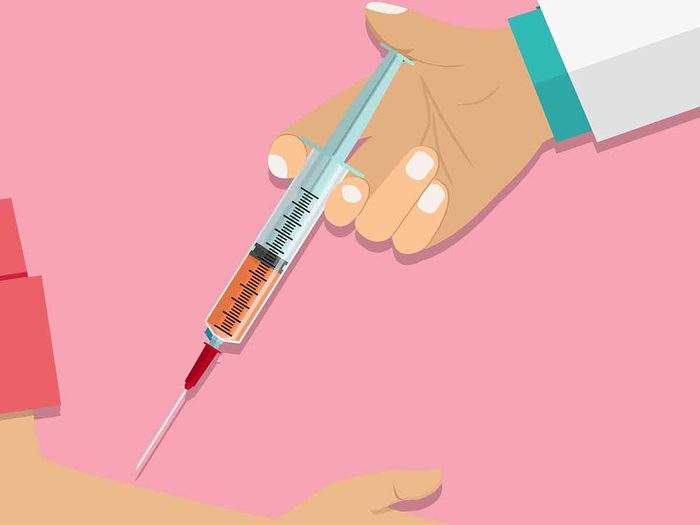
Measles
An extremely contagious disease, measles is transferred when someone touches or breathes droplets that contain the virus. It’s an infection of the respiratory system caused by a virus. Symptoms include fever, cough, runny nose, red eyes and a body rash. Since the first measles vaccine in 1963, the immunization has eliminated 99 percent of the cases in some countries. But, due to people choosing not to get the vaccine, there has been a recent measles outbreak.
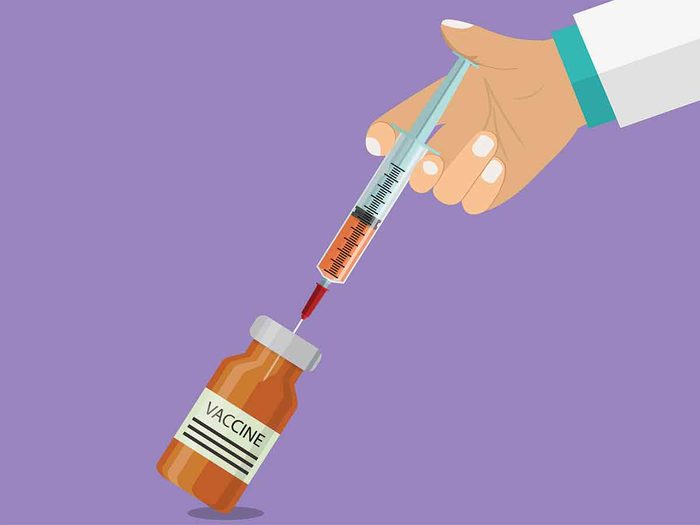
Polio
An intestinal virus that’s spread through saliva and stool, polio can cause paralysis along with a host of other symptoms. Before the vaccine, tens of thousands of people a year would be paralyzed from the virus and thousands died. Jonas Salk created the first polio vaccine in 1955, and now polio has been virtually eliminated from the Western World.
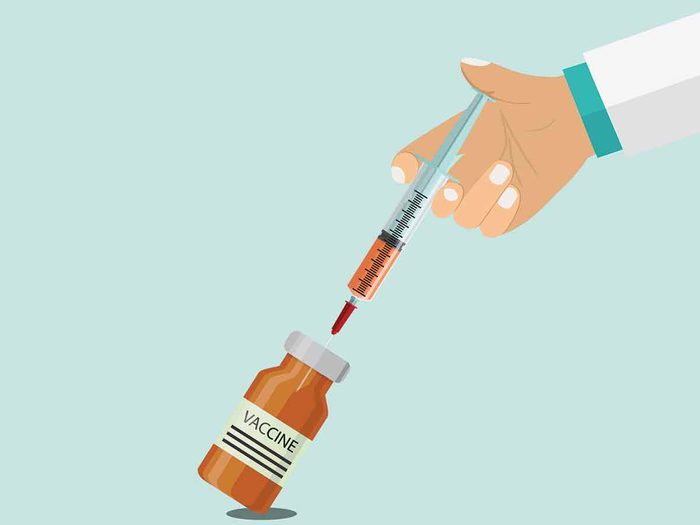
Tetanus
Photo Credit: Shutterstock
Caused by toxin-producing spores of a bacteria, tetanus can cause muscle contractions, including spasms that can interfere with breathing. The first tetanus immunizations were used during World War II. The tetanus immunization is 100 percent effective at stopping the effects of the bacteria. The tetanus vaccination is one of the four essential vaccines for women—check out the others.
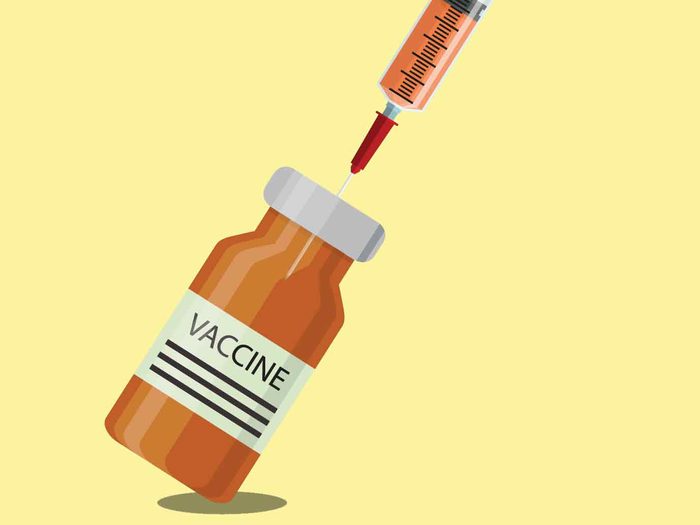
Yellow fever
Carried by a mosquito, the virus appears in about 200,000 people worldwide and causes about 30,000 deaths per year. Because the virus causes jaundice, the affliction was dubbed “yellow fever.” Originally developed in 1927, the vaccine is 95 percent effective and conveys protection for 10 years. Although the vaccine has been around for 60 years, cases of yellow fever have been increasing.
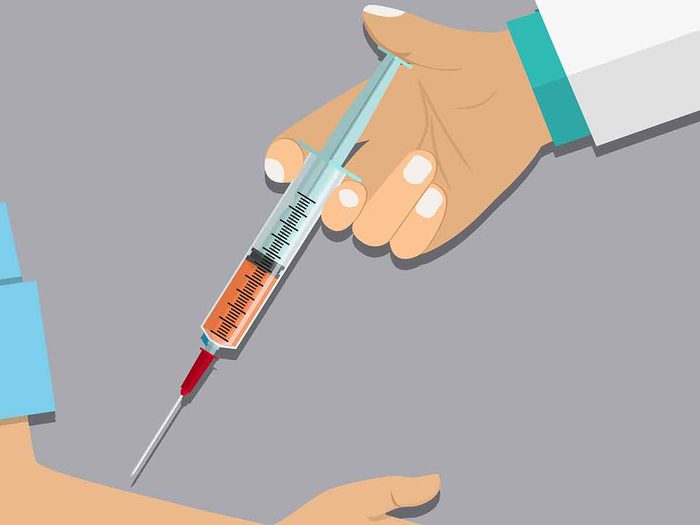
Whooping cough
A bacterial infection causes whooping cough, also known as Pertussis. It is characterized by a harsh, loud cough and difficulty breathing. Ninety percent of those not vaccinated will develop the disease—it is a very contagious disease. It remains a threat and recently, researchers have recommended that in addition to children, adults should get the vaccination.
For more information on vaccines to see which ones you and your children need, visit Health Canada.
